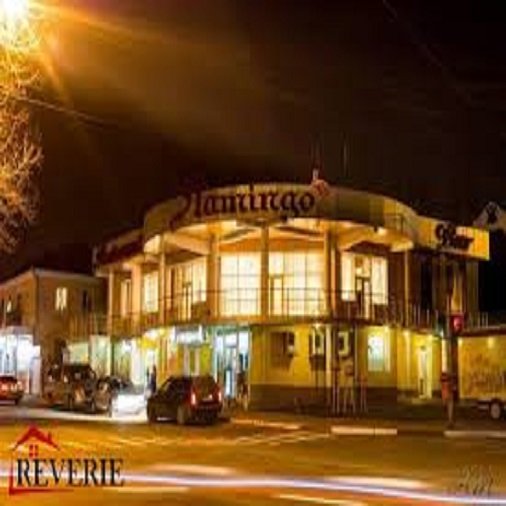My Homeland Is The City Of Cahul!
My Homeland Is The City Of Cahul! My City Is Cahul!
Cahul was first mentioned in documents in 1502 under the name Shkei. Then Mr. Stefan the Great bought from several people the village and granted them to the monastery of Putna. Among them was the village of Shkei, located at the mouth of the Frumoasa River. Throughout the centuries, Shkei has changed its name to Frumoas. The present name was given to the village in honor of the victory of the Russian army over the Turks, won on July 21, 1770 on the river Cahul. In 1835, by decree of Emperor Nicholas I of Russia, the town received the status of a city, and was also proclaimed the center of the district.
Cahul has become an important trading center in the region. By the end of the 19th century there were two market days a week in the city, there were nine days of fairs in the last trimester of the year, and another fair was held on April 23. Also, Cahul was the main transit point for goods on both banks of the Prut. At that time in the city operated: 3 pottery workshops, 2 brick and one tanneries, 5 windmills, 3 water, steam and horse mills.
In 1850, on the site of a wooden church erected in 1785, the cathedral of Archangels Michael and Gabriel grew up. In 1857, a writer and scholar Bogdan Petricheyku Khashdeu worked as a judge for several months in Cahul. The city was visited also by the Moldovan historian and linguist Mikhail Kogylnichanu.
After the Second World War, Cahul became the industrial and cultural center of the south of the republic. A canning factory was built, breweries and cheese factories, factories for the production of mixed fodders, ferro-concrete products, bakery and consumer services, etc.,
In 1971, the canning factory, one of the largest in Moldova, with a capacity of 119 million cans, started its operations. In order to provide the enterprise with raw materials, a campaign was launched to drain the marshes in the Lower Prut valley, which violated the ecological balance of this area, led to a lowering of the groundwater level and an increase in the salt content in the soils. Also, to support the activities of local industrial giants, numerous construction organizations and mobile mechanized columns were created. However, these enterprises exceeded the needs of the city and as a result could not work without state subsidies.
The largest enterprises of the city are: a factory for the production of beer and soft drinks JSC Bere-Unitanc, a winery of JSC Podgoria Dunării, which includes the agricultural enterprise from the village of Kotihana, the cheese factory of JSC Fabrica de brînzeturi, the Cahul bakery, Cereale ", knitting factory of JSC" Tricon ", JSC" Tipografia ", JSC" Raza de Sud ", factory for production of reinforced concrete poles of JSC" USBA ". The city has 37 construction and 4 transport organizations. The sphere of services is widely represented.
The period 1997-2007 was characterized by the fact that the urban economy was reoriented to local resources. With the transition to a market model, economic agents with private capital (over 3,000) began to operate in Cahul, the share of which is constantly growing.
An important factor contributing to the development of the city was the inclusion of the Cahul district in the Euroregion "Lower Danube". This provided wide opportunities for cross-border cooperation with partners from Romania (counties Tulcea, Galati, Braila) and Ukraine (Odessa region).
My City Is Cahul!